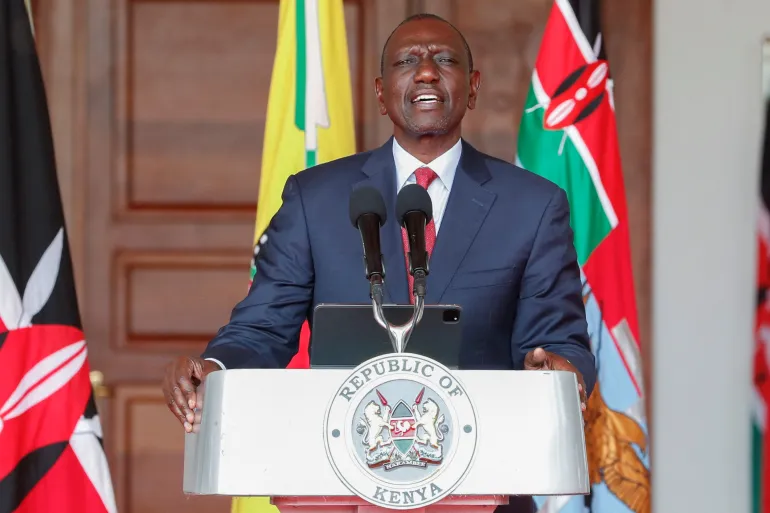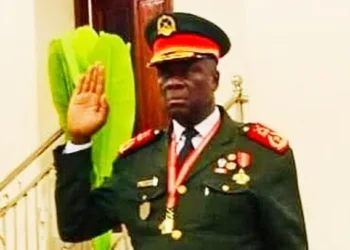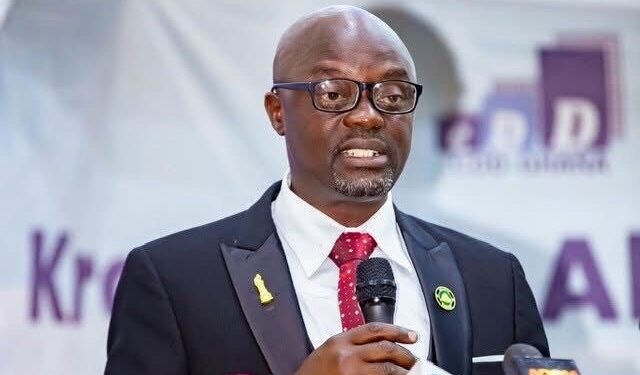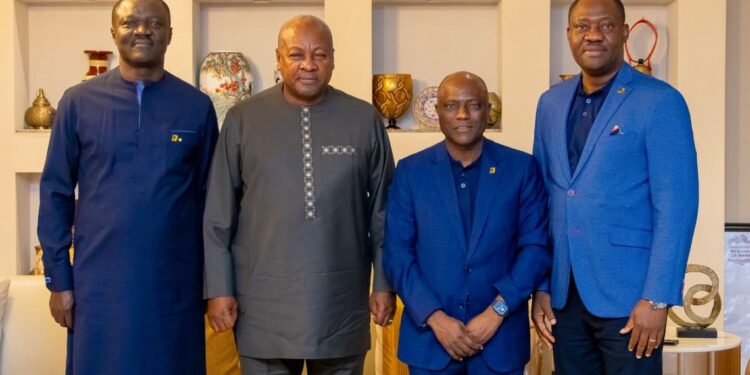Fabricated videos falsely claiming that President William Ruto has stepped down are circulating widely on social media, adding fuel to Kenya’s already tense political climate. The deepfake clips, reportedly generated with artificial intelligence, depict the president announcing his resignation and declaring he will not run for office in 2027.
One such video shows a manipulated version of Ruto stating, “I am tired, and I have accepted that I have failed to rule this country. 2027 is too far. I have accepted it is one term.” The digitally altered footage, posted on TikTok, has garnered over 1.4 million views, according to fact-checking organization Africa Check.
Investigators traced the doctored video to a real event that took place on June 18, when President Ruto hosted delegates from Kisumu County at his Nairobi residence. The original clip was spliced and manipulated to give the illusion of a resignation announcement, raising serious concerns over AI misuse and political misinformation.
A second fake video, now deleted, also featured a similarly fabricated statement.
“Kenyans, you have said that Ruto must go. I agree, I am a failure and I must go. I was not ready to be president. I just wanted to get rich. I didn’t want to be a leader. I am ready to go.”
Fake video
These AI-generated videos emerged in the aftermath of two weeks of intense and violent protests that have gripped Kenya. The demonstrations reflect growing frustration with the government’s economic policies and repressive tactics.
Kenya Gripped By Anger And Disinformation
On Monday, protests turned deadly in the capital Nairobi, where at least 10 people were killed during anti-government demonstrations. The Kenya National Commission on Human Rights confirmed the fatalities, which occurred during protests organized to mark Saba Saba—an annual commemoration of the 1990 pro-democracy movement.
Less than two weeks earlier, on June 25, 16 people lost their lives and hundreds were injured during nationwide protests marking the anniversary of a deadly 2024 uprising against a controversial tax bill. These clashes involved demonstrators, law enforcement, and armed gangs, amplifying fears of a worsening security crisis.

Calls for President Ruto’s resignation have intensified, especially among the youth, who accuse his administration of betrayal. The president’s popularity has plummeted barely two years into his term after he pushed for sharp tax hikes in 2024—measures that many saw as contradicting his campaign rhetoric focused on uplifting working-class Kenyans.
The government’s response to public dissent has only worsened matters. A violent crackdown on protesters and a contentious ban on live media coverage of the June 25 demonstrations have sparked national and international criticism. Civil society and human rights groups have condemned the actions, accusing the state of undermining democratic freedoms.
“He has control of the institutions, but he doesn’t have control of the people,” said Professor Karuti Kanyinga of the University of Nairobi. In his view, Ruto is facing “a low level of public confidence” and is arguably “the most hated man in Kenya.”
This is not the first instance of deepfake technology being used to target the president. In April, another AI-manipulated video made rounds on social media, falsely suggesting that Ruto staged a media stunt involving a hospital patient. The growing prevalence of AI-generated misinformation is raising alarm over digital ethics, governance, and national stability.
As Kenya navigates this volatile period, the intersection of real-world grievances and digital deception continues to challenge the country’s democratic foundations.
READ ALSO: Legal Practitioner Defends E&P’s Acquisition of Black Volta Mining, Rejects Political Spin























